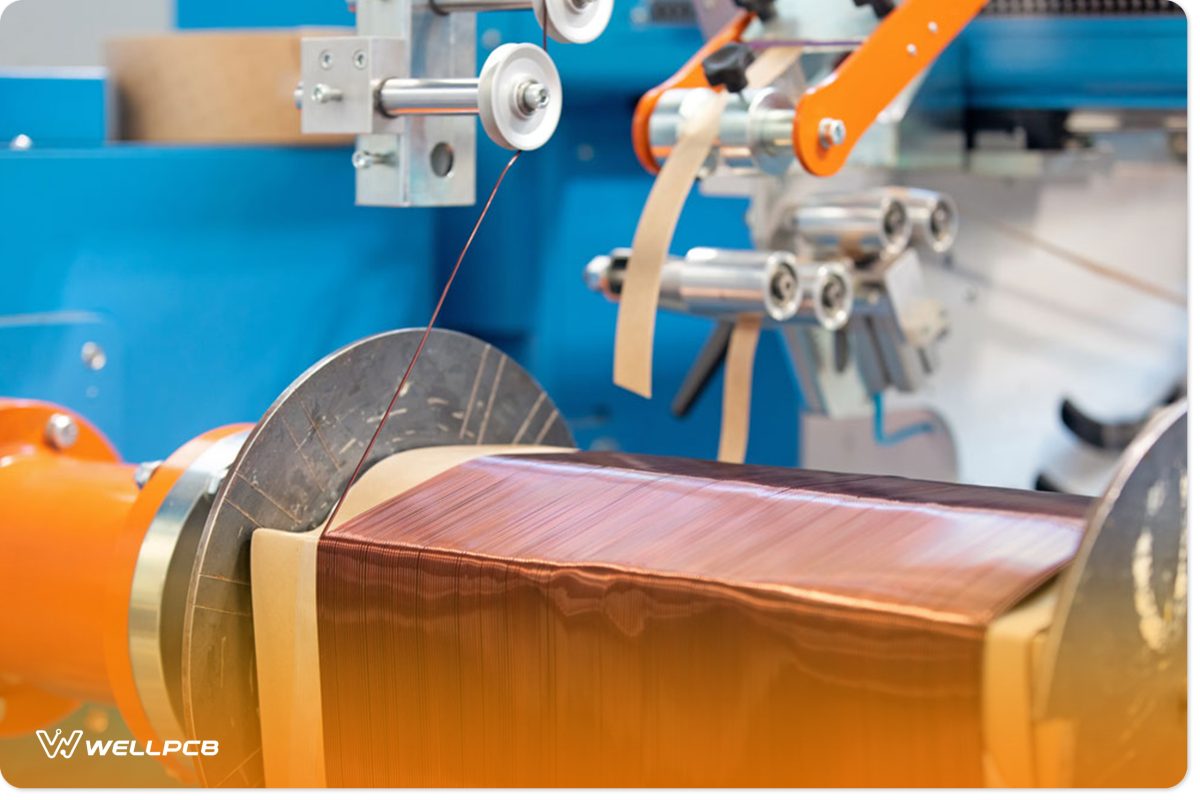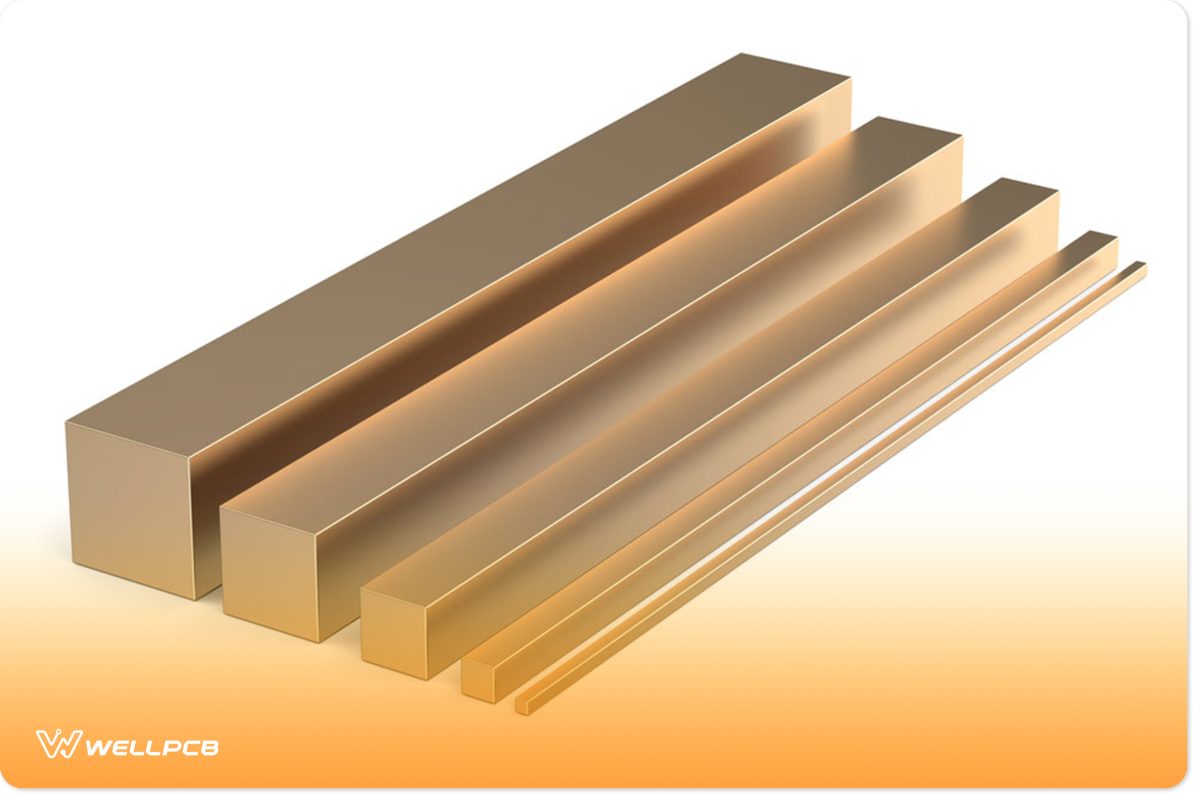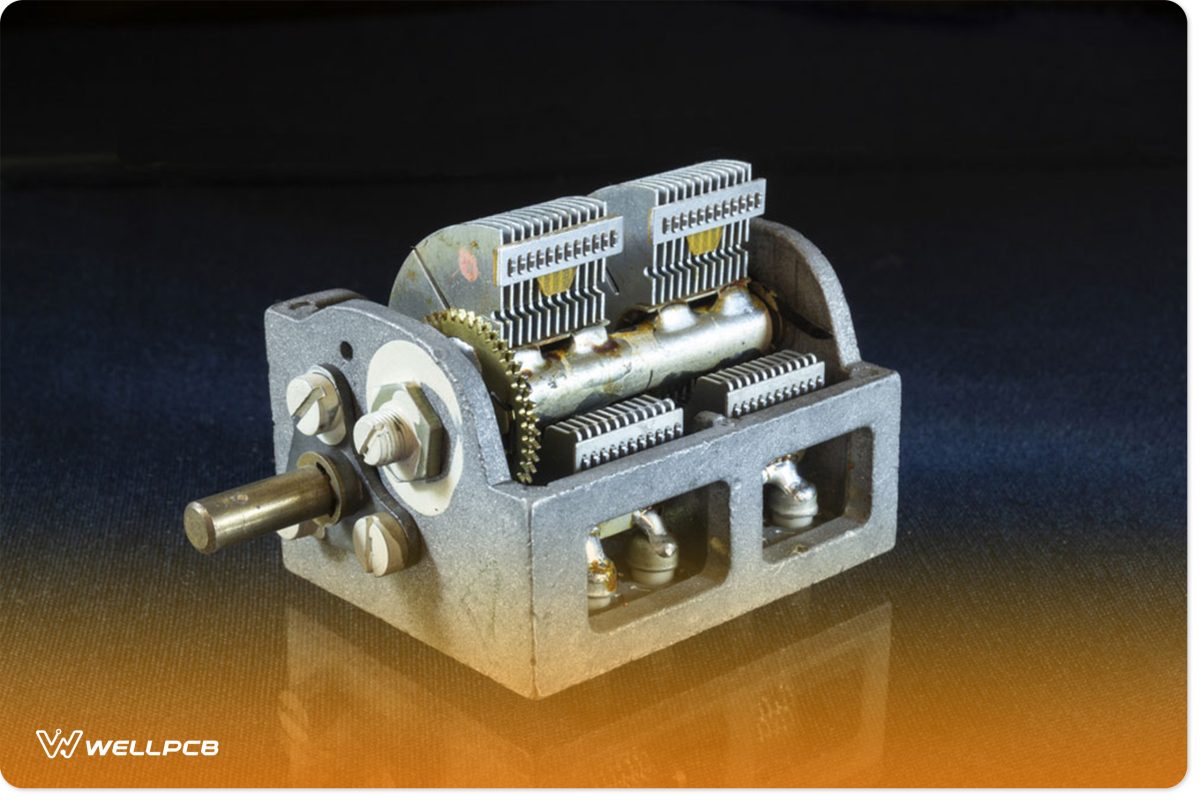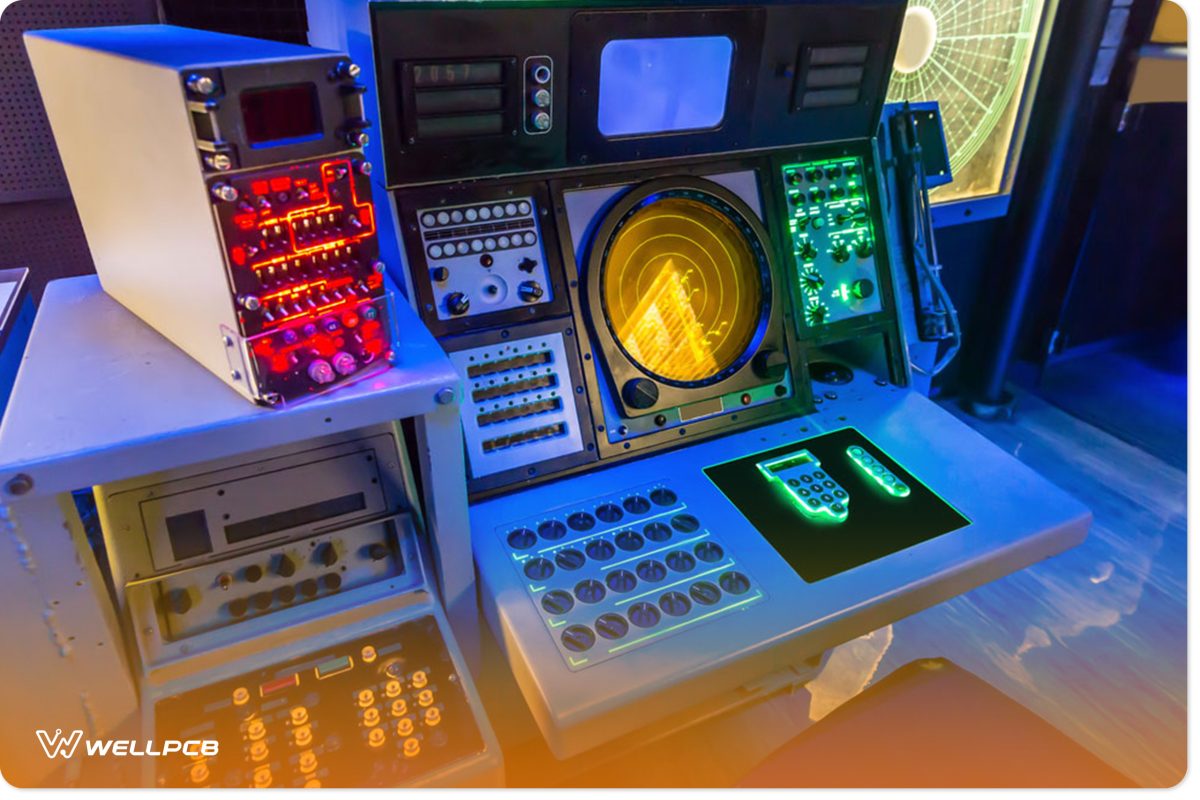Contents
AM Loop Antenna
The name AM Loop antenna is a radio antenna with a spiral or coil of copper cable entwined around a non-conductive frame. The non-conductive frame is X in shape and formed by a combination of two wood pieces. AM loops can have a geometric shape, a diamond shape, a square shape, and many more.
The spiral loop antenna comes with copper windings, which start outside the edge of the X-shaped frame. And this antenna takes a corkscrew shape as it winds towards the center. With the edge-wound loop antenna, the copper cable goes around the X-shaped edge.
However, both loop styles have the ends of their wires connecting to a variable 365 Pico farad capacitor. Hence, the AM loop antenna gets tuned to the radio station’s right frequency or even distant stations.
Furthermore, other types of AM loop antennas include large loop antennas and small loop antennas.
Large loop antennas feature a two-lobe radiation pattern that makes the antenna sensitive to radio waves in two broad lobes (opposite direction). What’s more, these antennas are self-resonant and also work for both reception and transmission.
On the other hand, small loop antennas have smaller perimeters when compared to the operating wavelength. Though you can use small loop antennas for reception and transmission on broadcast receivers, their smaller circumference makes them useful only for reception. A good example is the in-built ferrite loop antennas of most AM broadcast radios with antenna inefficiency.
How to Make an AM Loop Antenna
Here’s a simple AM loop antenna structure that’s more efficient than various loop antenna styles. Plus, it’s a less expensive way to increase the reception range of your AM radio. Check out the circuit diagram below:
Circuit Components
For this AM loop antenna, you will need:
1.(1) #35 enameled copper wire

2. (1) 15-inch square rod

3. (1) 30-365pF variable capacitor

Circuit Operation
The primary purpose of an amplitude modulation loop antenna is to improve an AM radio’s reception significantly. Well, the above circuit is a design capable of improving the sensitivity of any AM radio. Thus improving the AM reception.
But that’s not all.
This circuit doesn’t need you to connect wires to your radio, and all you need to do is set your AM radio close to this loop antenna, tweak the variable capacitor, and modify your radio tuning.
Loop Antenna Assembly
Building this antenna is easy. First, take your copper wire and wound 16 turns on any square frame. Then, you estimate 15 inches in length and 1.5 inches wide on each side. With this, you’ll cover the standard AM communication frequency band from 550-1700 kHz.
How to Build an Edge Wound Loop Antenna
First, create an X with two one-by-six-inch pieces of wood. Once you have the shape, nicely cut half-inch deep slots into eight pieces with a handsaw. Then, separate each space into four sides, measuring half-inch apiece.
Next, fold the 22-gauge copper cable all through the slots you created with your handsaw. Also, ensure you roll the line around the frame’s outer part.
Finally, place your variable capacitor on the frame at no particular point. Then, you can connect the copper wire two ends to the terminals of the capacitor.
How to Operate
If you want to adjust your AM radio to a weak station, the easy antenna design would be your best bet.
So, to use this antenna, first place the radio close to or on the antenna. Then, fine-tune the capacitor’s dial (which serves as an antenna rotator) slowly until you notice an improvement in the reception. Since the loop antenna is directional, it would be best to move it around until the reception improves.
Applications
- AM loop antennas work in direction-finding equipment such as aircraft direction finders

Aircraft Direction Finders
- You can also use them to receive high-frequency waves in radio receivers.
- Loop antennas also work as ultra-high frequency transmitters
- You can use loop antennas in RFID devices, to find the position of any transmitter
- AM loop antennas also work as indoor UHF television antennas, especially in areas with a strong signal. Not areas with weak signal reception.
- Sometimes, AM loop antennas work as compact transmitting antennas. Also, most non-professional radio operators use loop antennas when there’s no space for traditional antennas like dipoles and ferrite antennas.
How do I Connect my AM Loop Antenna?
With a single loop of solid copper wire of about six inches in diameter, you can easily connect your AM loop antenna to radio receivers. Also, the ends of the copper wire will be your antenna terminals. Next, solder your antenna terminal to the two ends of a coaxial cable. Also, strip the other ends of the line and connect them to the receiver. Thus allowing the receiver (antenna tuner) to tune the broadcast signal from the AM loop antennas.
Does an AM Loop Antenna Work for FM?
An AM antenna is different from an FM antenna, and the two antennas have additional requirements. While you can use AM antennas for amplitude modulated (AM) mediumwave reception/transmission, the FM antenna works for frequency modulated (FM) wave transmission/reception. So, no, an AM loop antenna will not work for FM.
Wrapping Up
You may have concluded that a poor and static reception on your AM radio is a permanent problem. However, the fault isn’t from your weak signal reception or the location of your transmitting tower; it’s from your radio’s antenna.
Most AM radios (if you purchased one) come with a ferrite rod antenna that’s powerful enough to receive local stations but not powerful enough to give improved reception. So, the external AM loop antenna is a great antenna that would help fix your reception problems and create a discernible signal.
Well, that wraps up this article. If you have any questions, reach out to us, and we’ll be happy to help.





